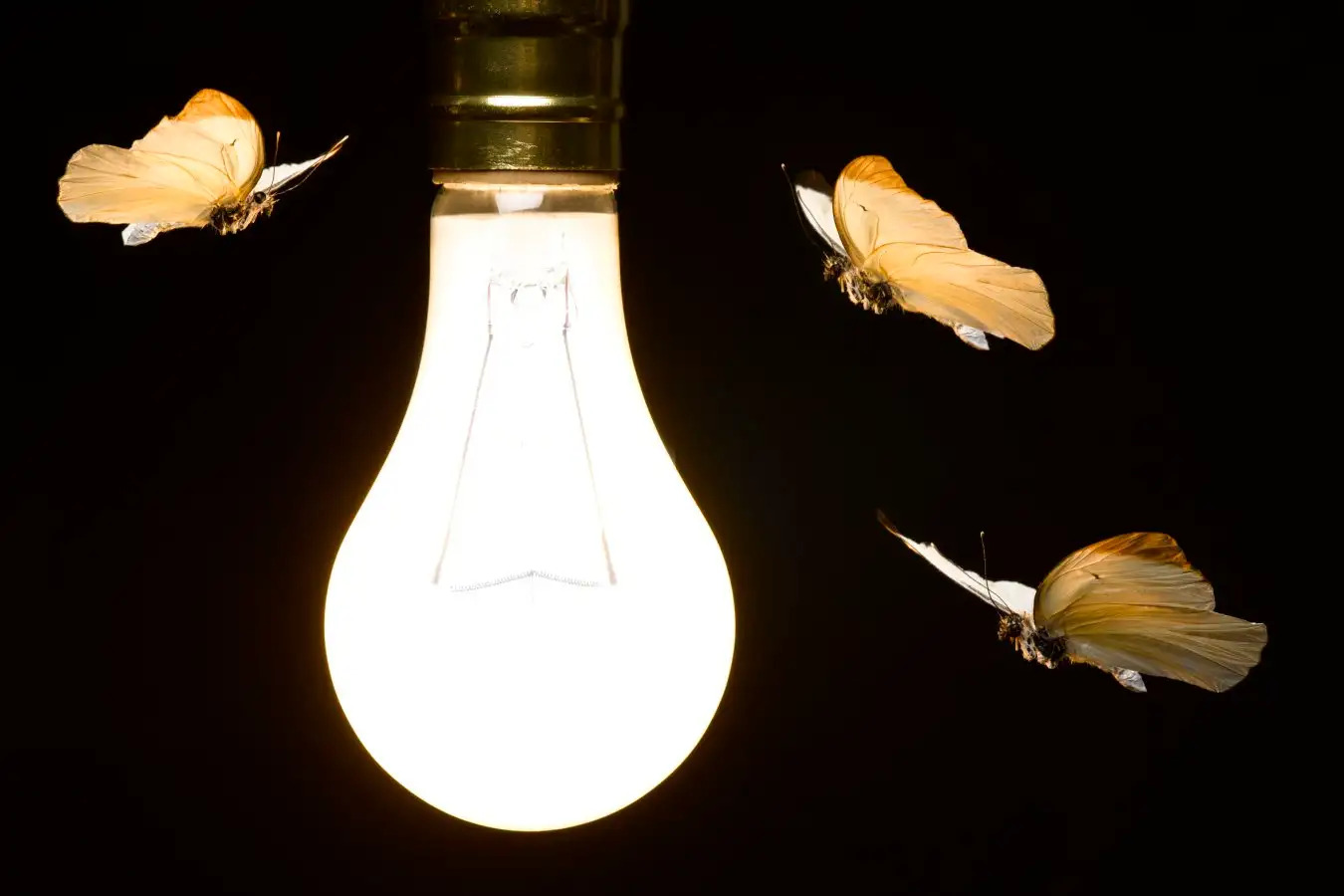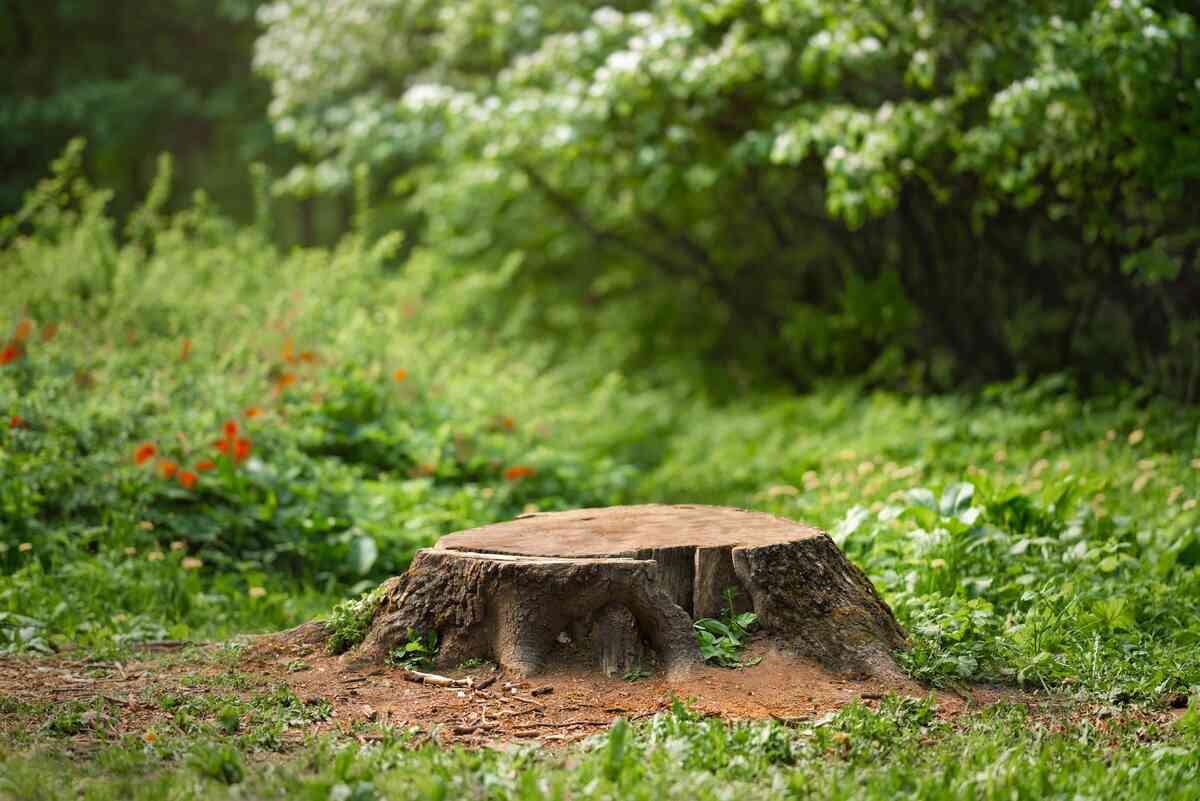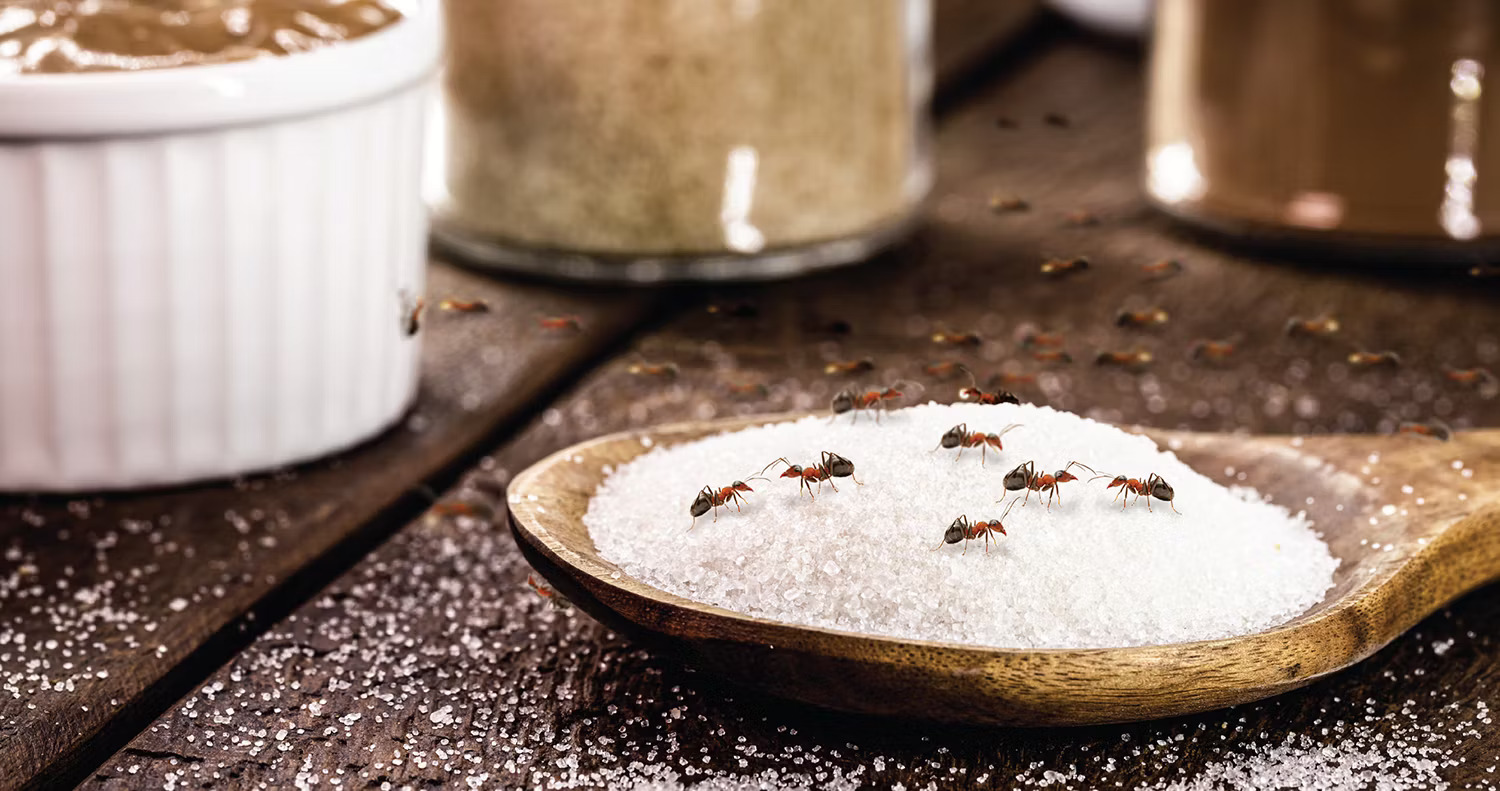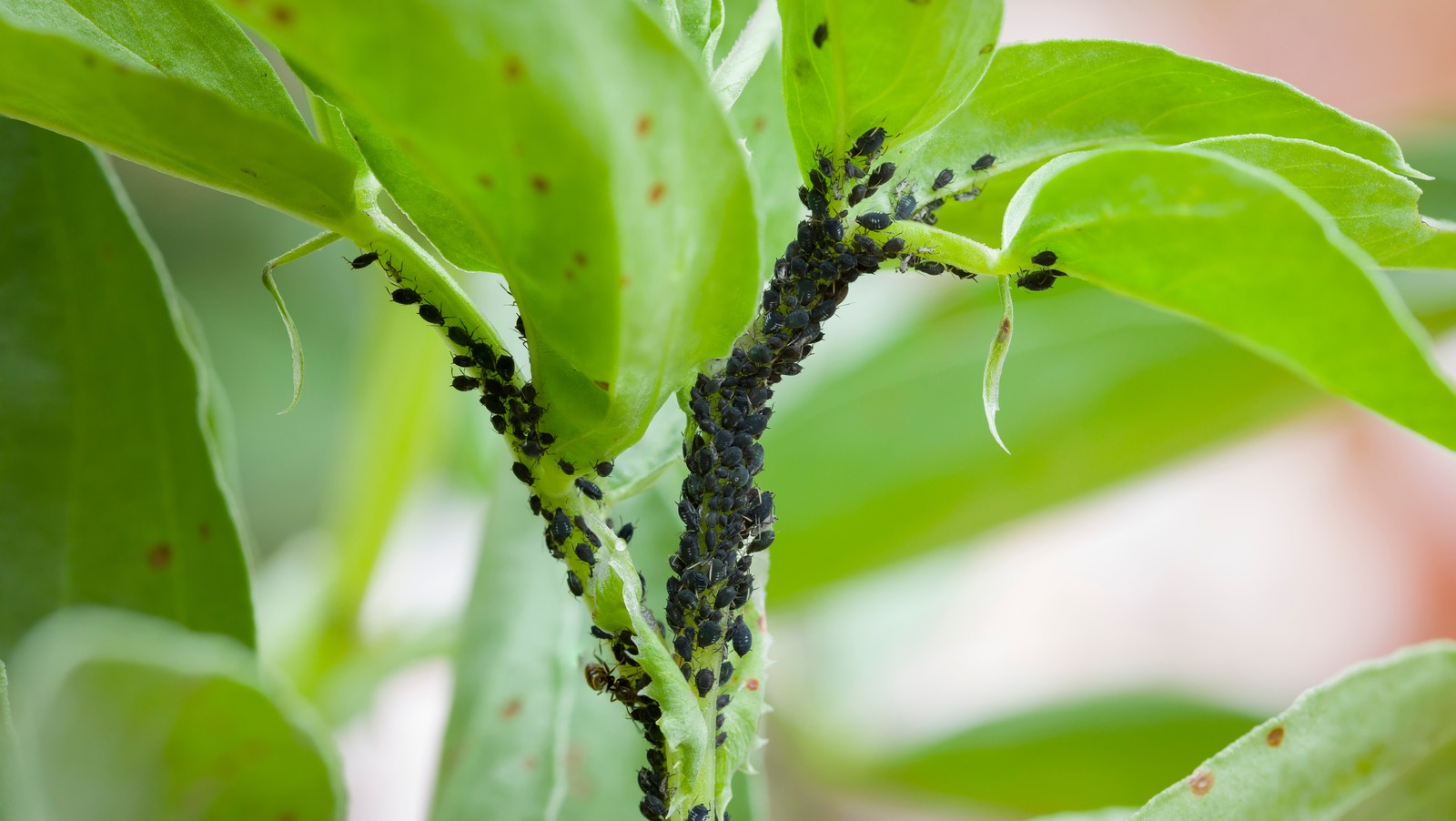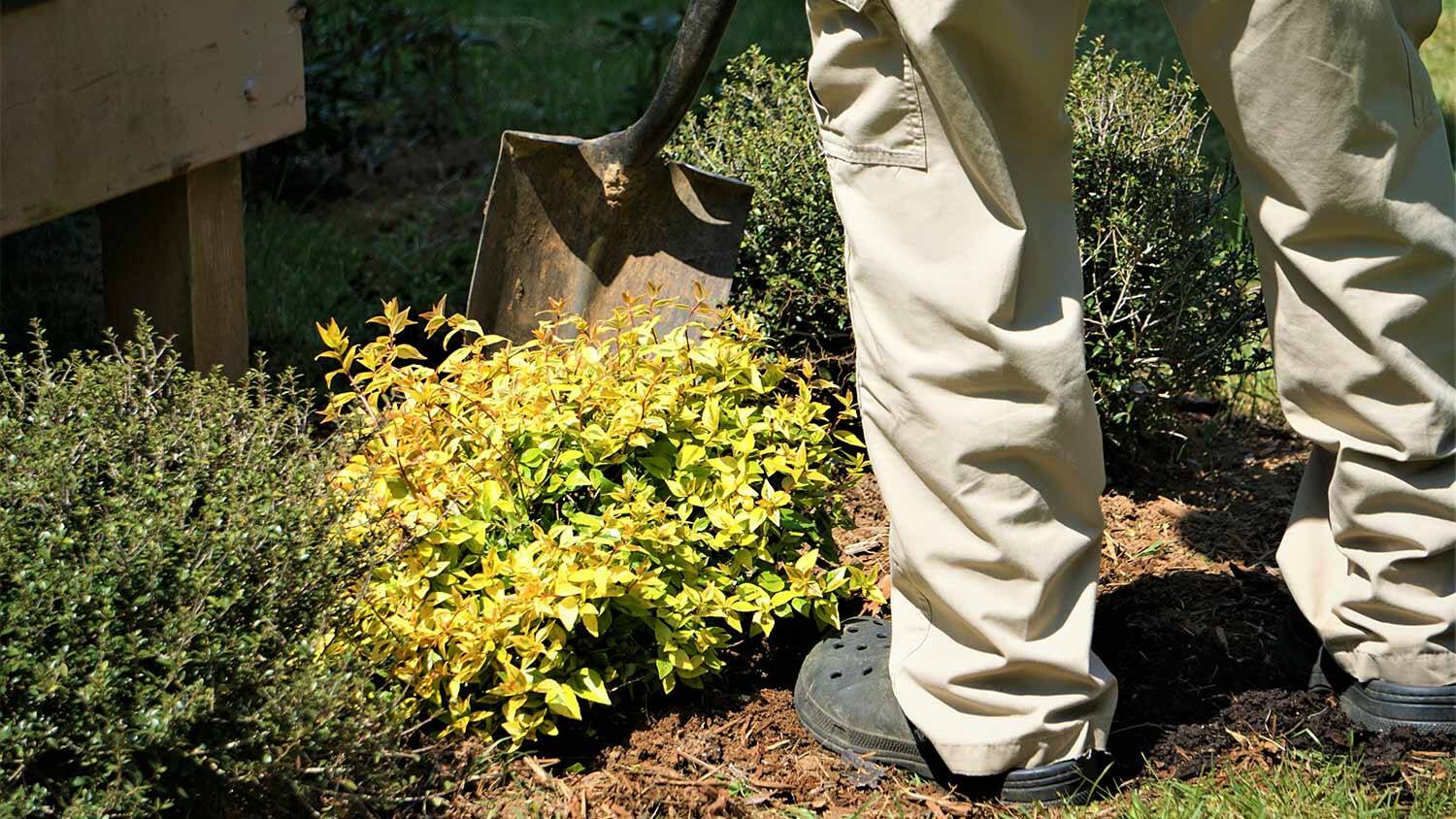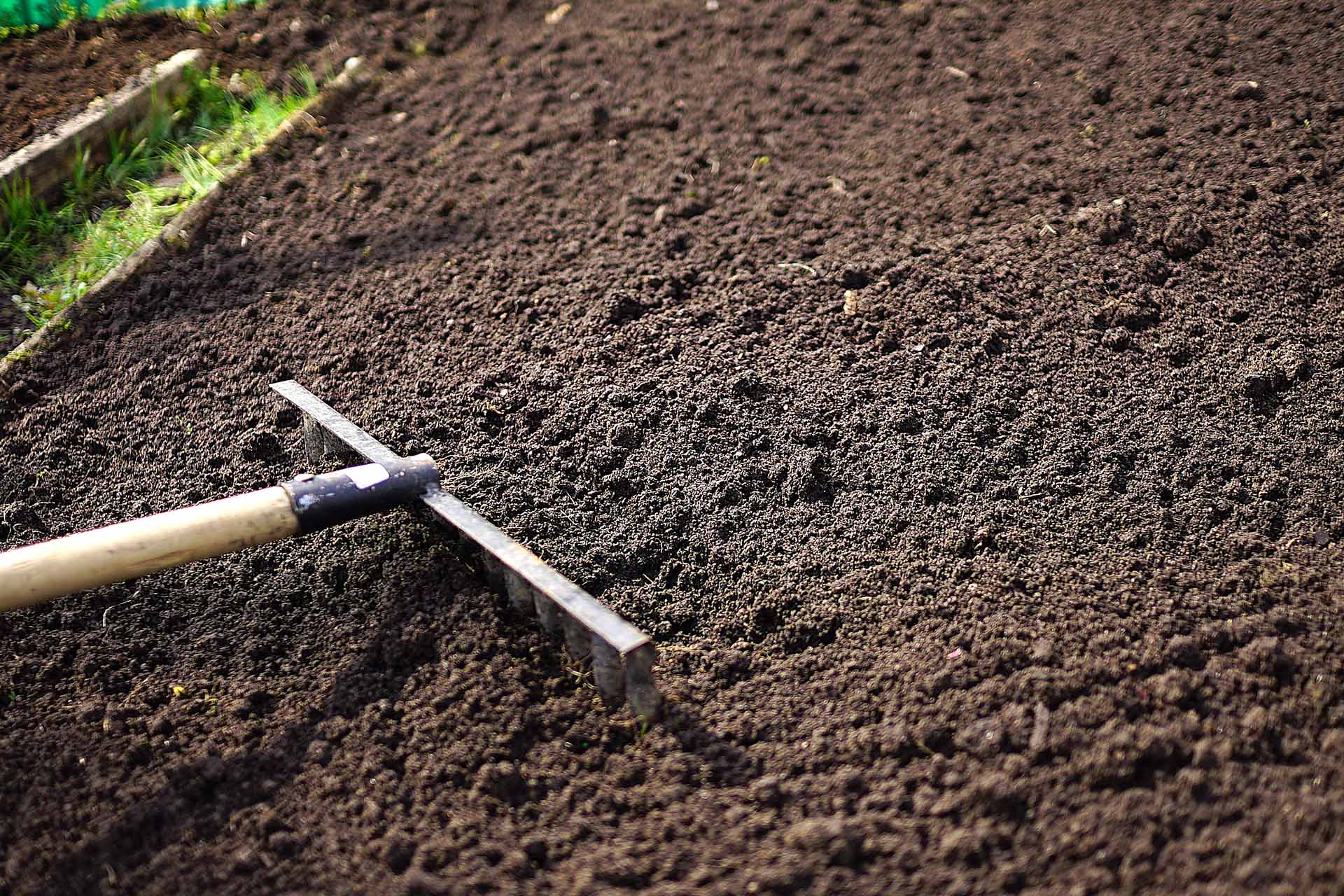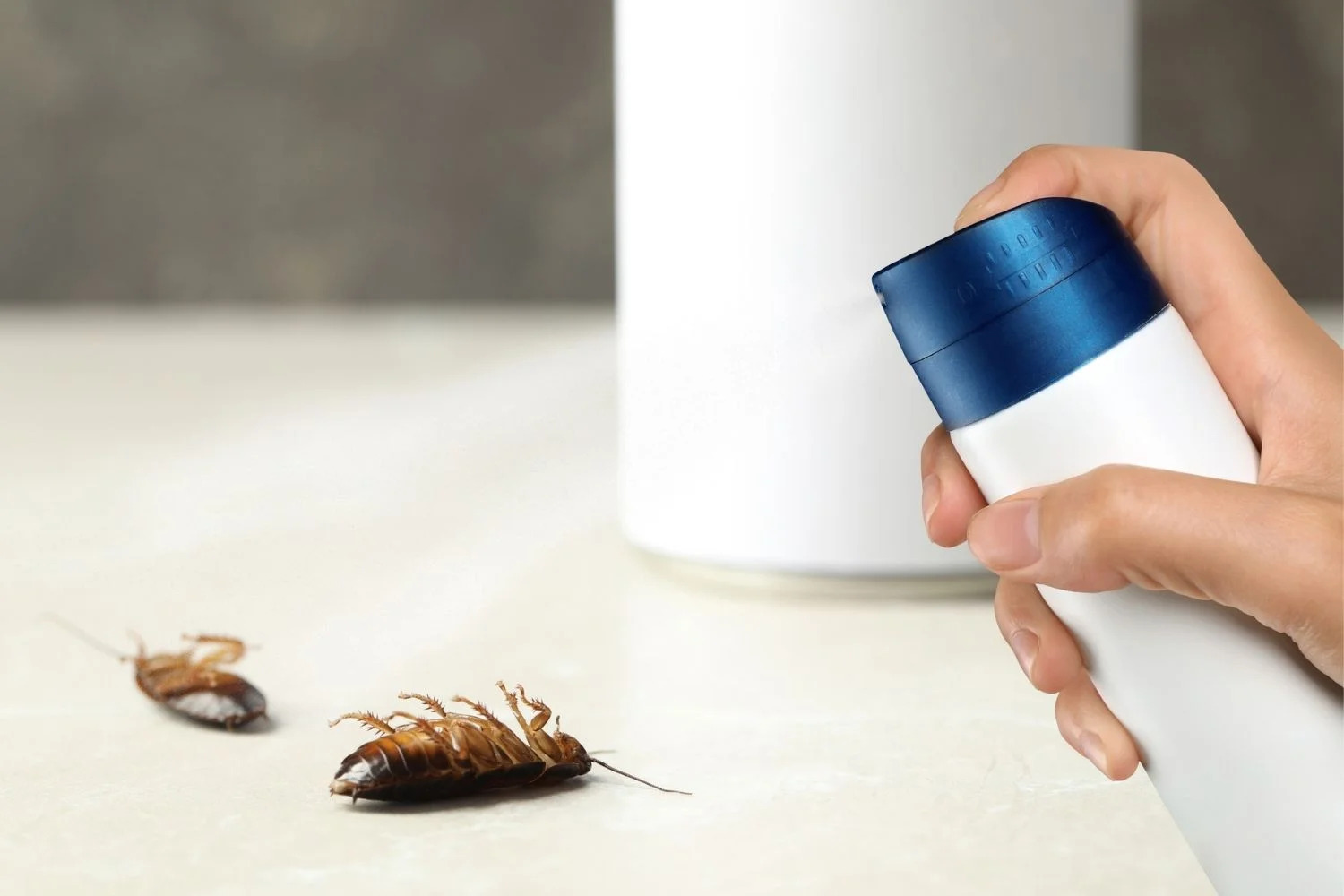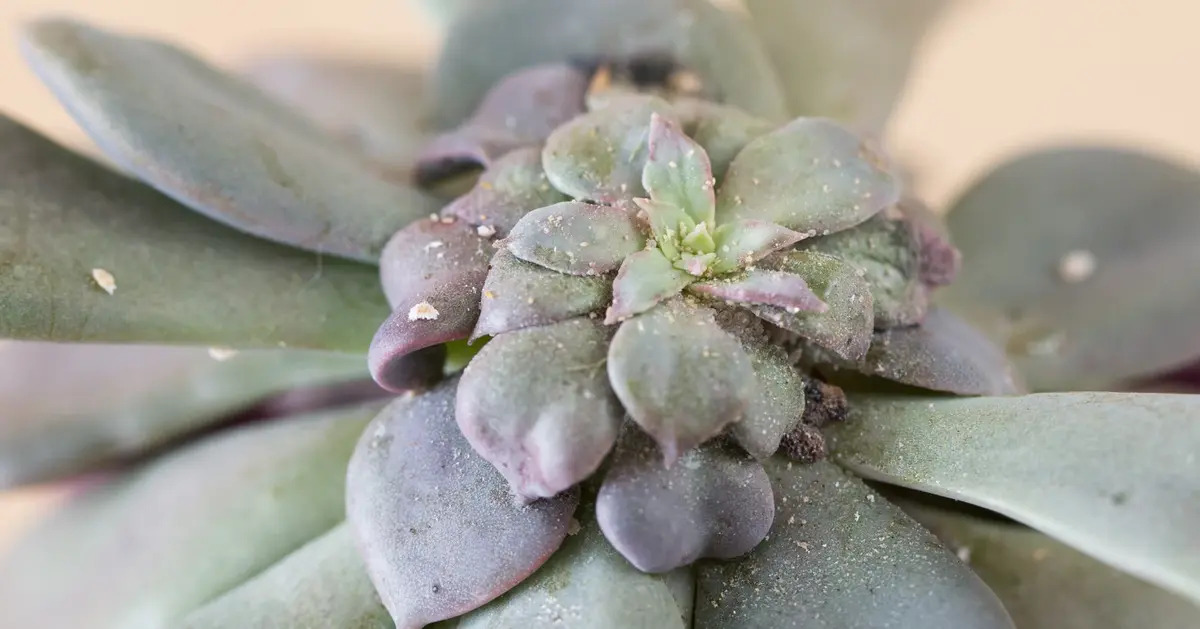Home>Gardening Tips and Tricks>Problem Solving>How To Get Rid Of Wood-Eating Insects


Problem Solving
How To Get Rid Of Wood-Eating Insects
Published: December 10, 2023
Learn effective problem-solving techniques to eliminate wood-eating insects from your home. Get expert tips and solutions for a pest-free environment.
(Many of the links in this article redirect to a specific reviewed product. Your purchase of these products through affiliate links helps to generate commission for Chicagolandgardening.com, at no extra cost. Learn more)
Table of Contents
Introduction
Wood-eating insects can be a homeowner’s worst nightmare. These pesky creatures have the ability to cause significant damage to the structure and integrity of your home. The damage caused by wood-eating insects such as termites, carpenter ants, and wood-boring beetles can be extensive and costly to repair.
Identifying the presence of wood-eating insects early on is crucial in order to prevent further damage to your property. In this article, we will discuss common signs of infestation, effective prevention measures, natural remedies, chemical treatments, and the importance of hiring a professional exterminator.
It is important to note that wood-eating insects can be found in both old and new homes, so even if you have recently built your dream home, you are not immune to the threat. Wood-eating insects are attracted to moisture, cellulose, and warmth, and can enter your home through tiny cracks and crevices. Therefore, it is essential to be proactive in preventing their entry and eradicating them if an infestation is detected.
By being knowledgeable about the various types of wood-eating insects and following the recommended prevention strategies, you can safeguard your home and protect your investment.
Identifying Wood-Eating Insects
Identifying wood-eating insects early on is crucial in order to prevent extensive damage to your home. Here are some common signs that can help you determine if you have a wood-eating insect infestation:
- Mud tubes: One of the most obvious signs of termite infestation is the presence of mud tubes on the exterior of your home. These pencil-thin tubes are made from soil and wood particles and are used by termites as protective pathways.
- Discarded wings: After they mate, reproductive termites shed their wings. If you notice piles of discarded wings near windowsills or doorways, it could indicate a termite infestation.
- Bubbling or peeling paint: Carpenter ants and wood-boring beetles can cause damage to wooden structures, resulting in paint that appears bubbled or peeled.
- Piles of sawdust: Wood-boring beetles create tunnels in wood and leave behind piles of fine sawdust known as frass.
- Hollow-sounding wood: Tap on wooden structures and listen for a hollow sound. This could indicate that termites or wood-boring beetles have hollowed out the wood.
- Carpenter ant activity: Carpenter ants leave behind noticeable piles of wood shavings and may also create small holes in wooden structures.
If you notice any of these signs, it is important to take immediate action to identify and eliminate the wood-eating insects in your home. Early detection can prevent further damage and save you from costly repairs in the future.
Prevention Measures
Preventing wood-eating insect infestations is the key to protecting your home from damage. Here are some effective prevention measures to implement:
- Keep your home dry: Moisture attracts wood-eating insects, so it’s important to address any water leaks or conditions that create excessive moisture in and around your home. Repair leaking pipes, ensure proper drainage, and remove sources of standing water.
- Seal cracks and crevices: Wood-eating insects can enter through tiny cracks and crevices in your home’s foundation, walls, and windows. Seal these openings with caulk or other appropriate sealants to prevent their entry.
- Store firewood properly: If you have firewood stored near your home, make sure it is elevated and placed at least 20 feet away, as it can attract wood-eating insects to your property.
- Maintain proper ventilation: Good ventilation helps in reducing moisture buildup, which in turn discourages wood-eating insects. Ensure that crawl spaces, attics, and basements are properly ventilated.
- Use treated lumber: When constructing or renovating your home, opt for using pressure-treated or naturally resistant wood products. These are less attractive to wood-eating insects and offer better protection against infestations.
- Regularly inspect and maintain: Conduct routine inspections of your home’s wooden structures, including decks, patios, and fences. Look for signs of damage or any indications of wood-eating insect activity. Address any issues promptly to prevent infestations from spreading.
- Keep the landscaping in check: Trim trees and shrubs and keep them away from your home’s exterior. Overhanging branches can provide easy access for wood-eating insects to enter your property.
By following these prevention measures, you can significantly reduce the risk of wood-eating insect infestations and protect the structural integrity of your home.
Natural Remedies for Wood-Eating Insects
If you prefer to use natural methods to eliminate wood-eating insects from your home, here are some effective remedies you can try:
- Orange oil: Orange oil is a natural insecticide derived from orange peels. It contains compounds that can kill termites, carpenter ants, and other wood-eating insects on contact. Apply orange oil directly to infested areas or use it as a preventive measure by treating wooden structures regularly.
- Diatomaceous earth: Diatomaceous earth is a powder made from the fossilized remains of algae. It works by dehydrating and killing wood-boring beetles and other insects. Sprinkle diatomaceous earth around infested areas or apply it directly to affected wood.
- Boric acid: Boric acid is a natural insecticide that is highly effective against termites. Mix boric acid with water to create a spray or paint solution, and apply it to infested areas.
- Beneficial nematodes: These microscopic worms are natural predators of termites and can be used to control infestations. Release beneficial nematodes into the soil near termite colonies to eliminate them.
- Vinegar: Vinegar is a natural repellent for many insects, including ants. Create a solution of equal parts vinegar and water and spray it in areas where ants are present or near potential entry points into your home.
- Cedarwood: Cedarwood has natural insect-repellent properties. Use cedarwood chips or essential oil in areas prone to infestation, such as closets, attics, or crawl spaces.
While these natural remedies can be effective, keep in mind that their success may vary depending on the severity of the infestation. It’s important to regularly monitor and reapply these remedies as needed.
If you have a severe or persistent infestation, it may be necessary to consider professional extermination services or the use of chemical treatments, which we will discuss in the following sections.
Chemical Treatments for Wood-Eating Insects
In cases of severe infestations or when natural remedies have not been effective, chemical treatments can provide a more aggressive approach to eliminating wood-eating insects. Here are some commonly used chemical treatments:
- Liquid termiticides: Liquid termiticides are applied to the soil around the foundation of your home to create a chemical barrier. Termites that come into contact with the treated soil will carry the termiticide back to their colony, effectively eliminating the infestation.
- Bait systems: Bait systems consist of treated bait stations that are strategically placed around your property. Termites are attracted to the bait and carry the toxins back to the colony, effectively killing the entire termite population.
- Wood preservatives: Wood preservatives are chemicals that are applied directly to the surface of wooden structures to protect them from wood-eating insects. These treatments can provide long-term protection against infestations.
- Residual insecticides: Residual insecticides are applied to infested areas or directly onto wood surfaces to kill termites, carpenter ants, and wood-boring beetles. These chemicals leave a residual effect, providing ongoing protection against future infestations.
- Fumigation: Fumigation is a highly effective method for eradicating severe termite infestations. It involves tenting the entire structure and releasing a gas that penetrates the wood, eliminating all wood-eating insects inside.
Chemical treatments for wood-eating insects should be carried out by trained professionals who have the knowledge and expertise to handle these chemicals safely and effectively. It is important to follow all safety precautions and guidelines provided by the manufacturer and the extermination company.
Keep in mind that chemical treatments may require temporary evacuation of your home and can be expensive. However, they can provide fast and efficient results in severe infestation scenarios.
It is always recommended to consult with a licensed professional pest control company to determine the best chemical treatment option for your specific situation.
Hiring a Professional Exterminator
When dealing with a wood-eating insect infestation, hiring a professional exterminator can provide several advantages. Here are some reasons why it’s beneficial to enlist the help of a professional:
- Expertise and knowledge: Professional exterminators have extensive knowledge of wood-eating insects and their behavior. They can accurately identify the species causing the infestation and develop a customized treatment plan to effectively eliminate them.
- Proper equipment and tools: Exterminators have access to specialized equipment and tools that may not be available to homeowners. This allows them to apply treatments more efficiently and tackle infestations in hard-to-reach areas.
- Safety precautions: Dealing with wood-eating insects often involves the use of chemicals. Professional exterminators are trained in handling these substances safely and taking necessary precautions to protect you and your family from potential risks.
- Guaranteed results: Reputable extermination companies typically provide warranties or guarantees on their services. This means that if the infestation persists or reoccurs within a certain period after treatment, they will return to address the issue at no additional cost.
- Time and convenience: Managing a wood-eating insect infestation can be time-consuming and challenging. Hiring a professional allows you to focus on other aspects of your life while they take care of eradicating the infestation for you.
When hiring a professional exterminator, it’s important to choose a licensed and experienced company. Ask for referrals from friends, family, or neighbors, and check online reviews to ensure you are selecting a reputable and reliable service provider.
During the initial consultation with the extermination company, make sure to discuss the infestation, ask any questions you may have, and request a detailed treatment plan and cost estimate.
Remember that prevention is also key to avoiding future infestations. Professional exterminators can provide guidance on proactive measures to protect your home and prevent wood-eating insects from returning.
Conclusion
Wood-eating insects can pose a significant threat to your home’s structure and require immediate attention. By identifying the signs of infestation early on and implementing preventive measures, you can minimize the risk of damage and the need for costly repairs.
Whether you choose natural remedies, chemical treatments, or the expertise of a professional exterminator, it’s important to take swift action when dealing with wood-eating insects. Each method has its advantages and should be selected based on the severity of the infestation and your personal preferences.
Regular inspections and maintenance of your home’s wooden structures, combined with proper moisture control and sealing of entry points, can go a long way in preventing wood-eating insect infestations. Additionally, incorporating treated or naturally resistant wood products during construction or renovation can provide added protection.
Remember that the presence of wood-eating insects is not a problem to be taken lightly. Ignoring the signs or delaying treatment can lead to further damage and financial implications. It’s crucial to address the issue promptly to safeguard your home and preserve its value.
If you suspect a wood-eating insect infestation or require assistance in identifying and eliminating the pests, consider consulting a professional exterminator. Their expertise, proper equipment, and knowledge of effective treatment methods are invaluable in eradicating infestations and preventing future ones.
By staying proactive, attentive, and knowledgeable about wood-eating insects, you can protect your home from their destructive behavior and maintain its integrity for years to come.
